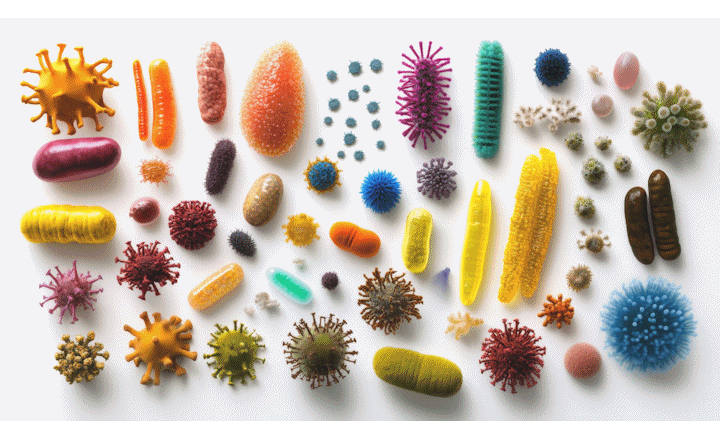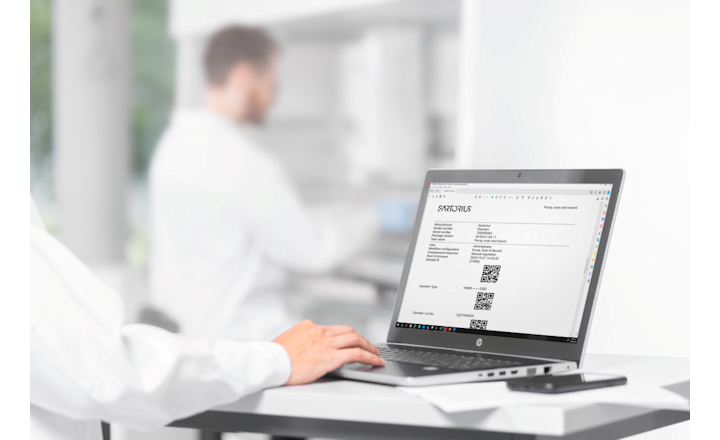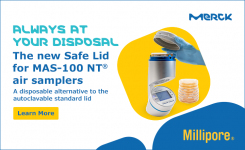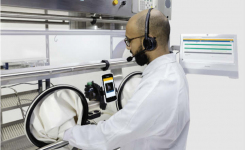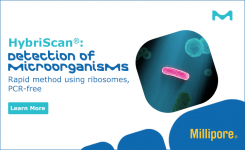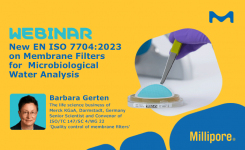Although membrane filtration is the pharmacopoeial method of choice for sterility testing in aseptic manufacturing, viscous products, such as creams and ointments, can prove difficult to filter. This is why they are normally diluted in a solvent such as isopropyl myristate (IPM), a fatty acid ester that is compatible with the low-absorption PVDF membranes of solvent-resistant canisters.
As the only supplier worldwide, we offer ready-to-use, sterile IPM that has been validated for sterility testing, making testing workflows easier as there is no need for manual preparation as recommended by EP, USP, and JP—manual preparation takes quite long due to IPM’s viscosity, and it carries an added potential for handling errors. Our 500 mL bottles containing 360 mL of IPM are gamma-irradiated with between 25 and 40 kGy. The ready-to-use IPM has been validated to be sterile at this dose and to allow sufficient recovery of challenged microorganisms after a 10-minute incubation in the IPM.
The sterile, ready-to-use IPM makes procedures particularly straightforward when used in combination with Steritest® NEO devices, due the solvent-resistant nylon canister, Durapore® (PVDF) membrane, reinforced base structure, and canister connection. We have also devised a method for sterility testing of solvents, creams, ointments, and veterinary injectables with this combination of ready-to-use IPM and Steritest® NEO devices, making implementation even easier for customers.
To receive the Validation Summary for the sterile, ready-to-use IPM in sterility testing, please use the green 'request information' below.
To learn more about the RTU Sterile IPM and the Steritest® NEO green canister, read the Application Note: Sterility Testing of Products to be Diluted in Isopropyl Myristate.





